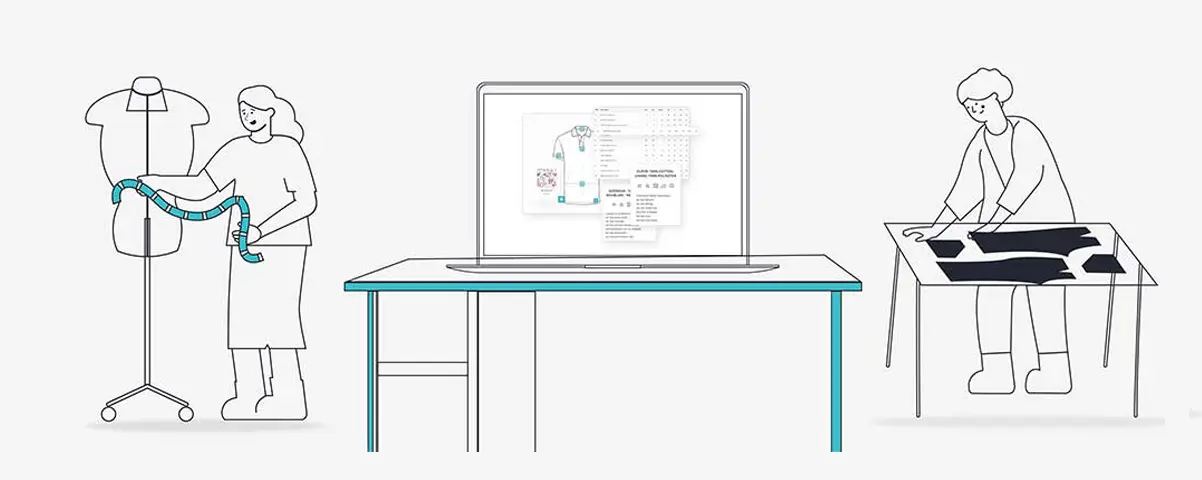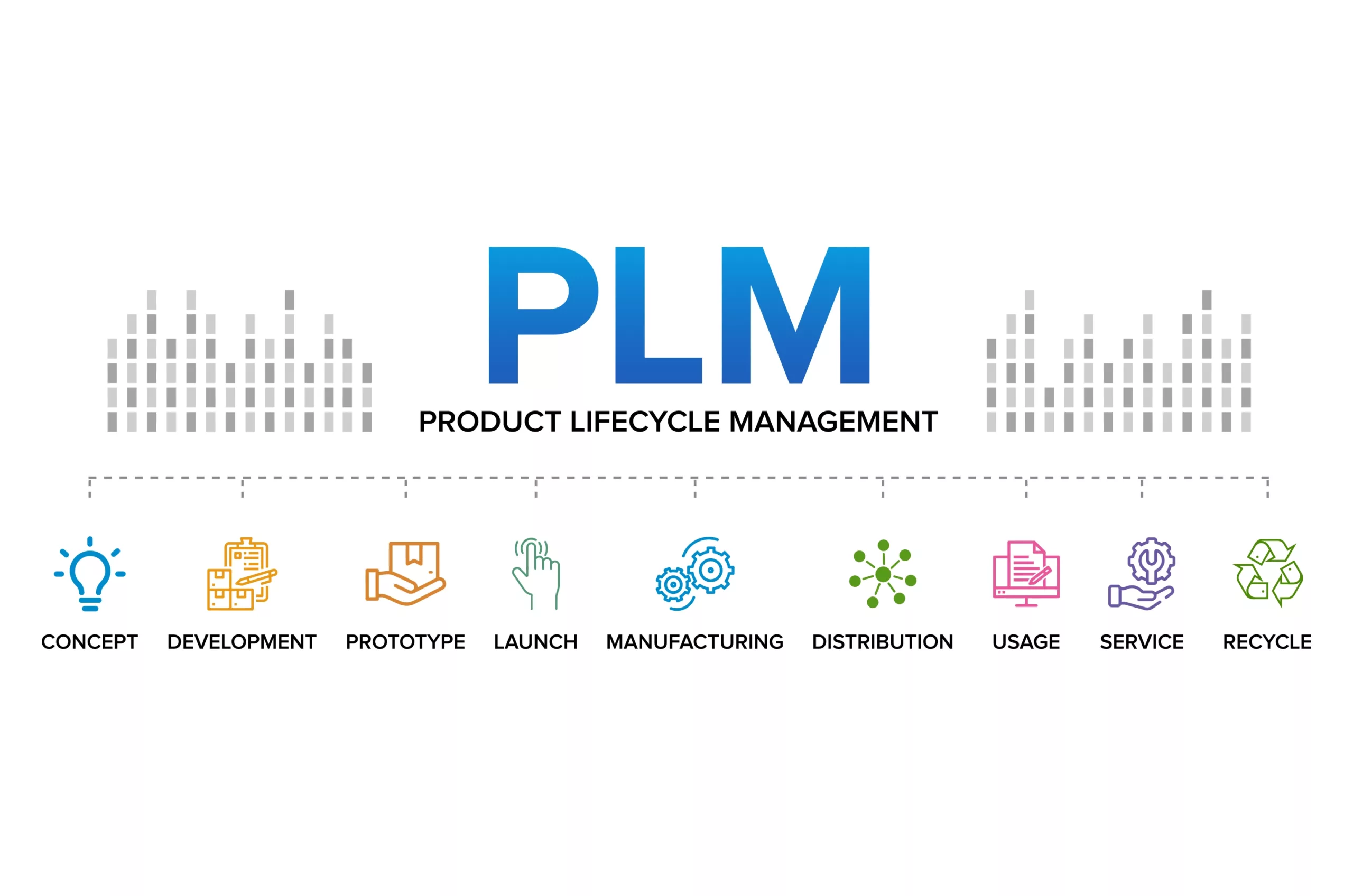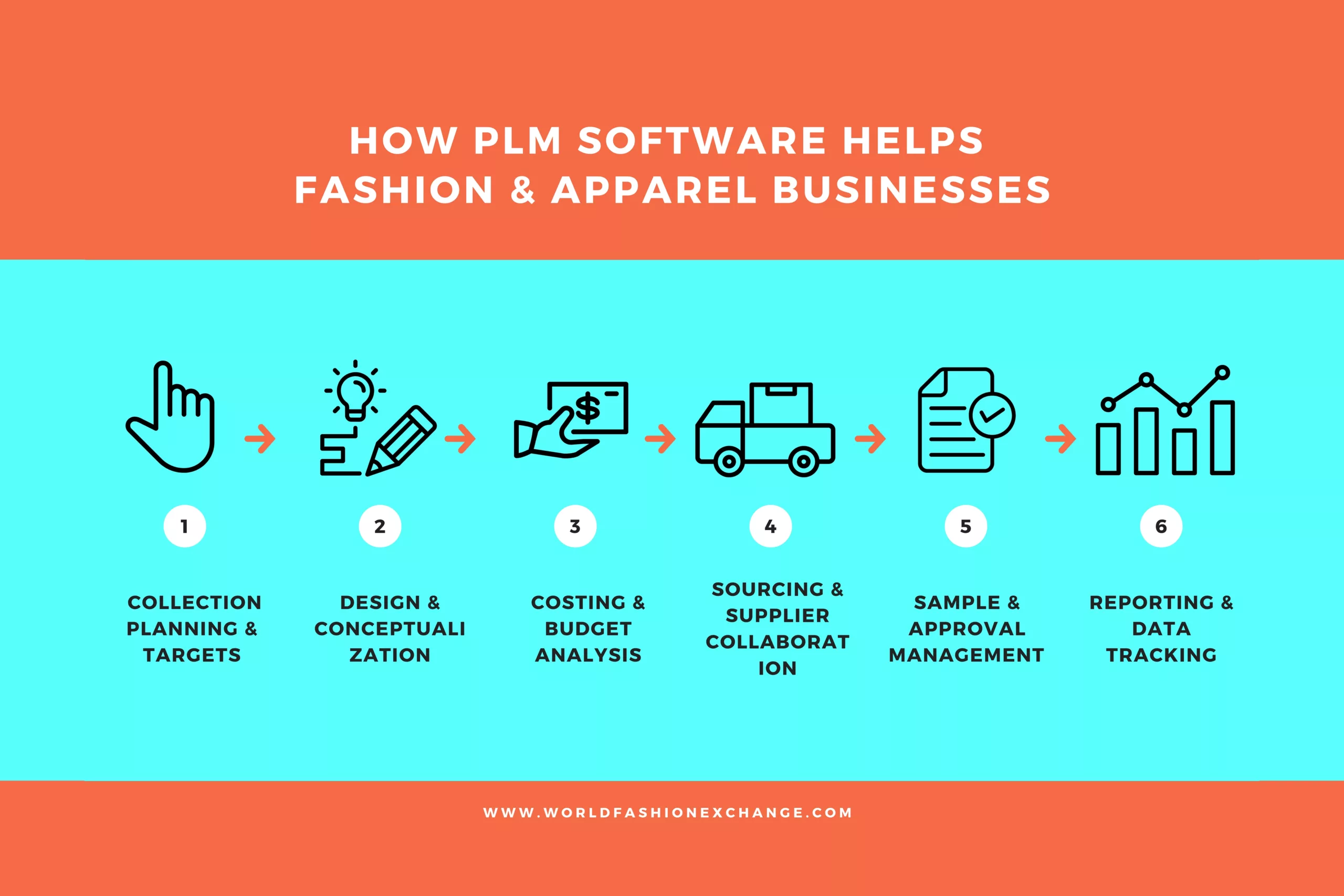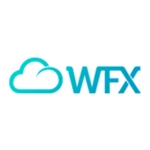What is Fashion PLM and How It Helps Fashion Businesses
Introduction
The fashion industry has come a long way since the mid-nineteenth century when mass production of apparel began.
Today, it is a key contributor to the global economy, valued roughly $3 trillion in 2022, which constitutes 2 per cent of the word’s GDP. Despite this, fashion has always been slow to adopt technology and digitalization. Most fashion businesses still rely on manual processes and disconnected information systems that create inefficiencies in the product development and manufacturing process.
As we enter a new era of fashion, the industry is finally embracing the benefits of technology, with leading fashion brands reevaluating the way they work to improve visibility and information flow across their company and supply chain.
As McKinsey & Co notes in a recent article, a growing number of fashion CEOs are turning to a Chief Transformation Officer (CTO) to lead this critical effort. The CTO is fast becoming a vital member of fashion’s C-suite, responsible for driving change and digital innovation across the company
Fashion executives need to have a clear understanding of the role that technology and digital acceleration will play in their business, and must prioritize building the necessary infrastructure, capabilities, and talent to support this transformation.
A crucial step in this digital transformation pursuit is the implementation of Product Lifecycle Management (PLM) software. Experts in the industry see PLM as a one-stop solution that makes the fashion industry more resilient, relevant, and smarter.
What is PLM Fashion?

Product Lifecycle Management (PLM) is an enterprise software solution that enables fashion companies to manage every aspect of product development from inception to retirement. PLM consolidates product data and gives you 360-degree visibility across every stage of the product lifecycle, including ideation, design, development, production, and vendor collaboration.
Fashion companies use PLM systems to reduce product development costs, streamline production processes, and accelerate time-to-market for new products. Most PLM fashion software solutions also integrate with 3D design tools, Adobe Illustrator, and ERP systems, enabling seamless information sharing across the entire organization.
Fashion PLM software has quickly become a priority for every fashion brand. Forward-thinking companies have realized that relying on spreadsheets and email to collaborate with internal teams and vendors simply isn’t efficient. To succeed, fashion brands need real-time collaboration and error-free communication, which is only possible with a capable PLM solution.
In fact, many fast-growing fashion brands, including WFX PLM’s 600+ clients, credit their success to the implementation of a centralized cloud-based PLM software solution.
What are the different types of PLM solutions?
All fashion PLM solutions are not built equal. There are a variety of PLM solutions available in the market, each with unique features and capabilities. Some PLM solutions are designed to help create tech packs, while others manage the entire product lifecycle from ideation to raising purchase orders.
Some PLM solutions offer specialized features, such as integration with 3D design tools or sample management or in-built vendor collaboration tools. When selecting a PLM solution, it is important to consider your business’s specific needs and goals to determine which solution is the best fit for your company.
How has the technology behind Fashion PLM Software changed?
Fashion PLM software has undergone significant changes in terms of technology. Traditional fashion PLMs were ‘on-premise’ solutions that required a dedicated server to run the software and were hosted by the customer or at a data center. These solutions require extensive customization and an in-house IT team to manage the system. The customization costs associated with them are often high, and the interfaces are generally outdated. Upgrade cycles happen once or twice a year and require the vendor to install each upgrade as a separate version.
Whereas Cloud PLM or “cloud-native” software solutions are built specifically for the cloud and delivered online in a multi-tenant infrastructure. This means multiple customers share common infrastructure, which reduces the cost of PLM and makes it more affordable and faster to deploy. Cloud PLM solutions have a more intuitive feel and use modern user interfaces based on user experience design principles. True cloud PLM systems come with rapid upgrade cycles, typically once every 8 weeks (about 2 months), ensuring all customers are always on the latest version.
Moving forward, cloud PLM solutions will allow fashion brands to bring data from IoT (Internet of Things) devices and the production floor into product development, thereby closing the loop.
Why should fashion and apparel brands use Fashion PLM software?
PLM moves businesses towards data accuracy, transparency, and automation. As a fashion or apparel brand, PLM can help you:
- Centralize product information
- Keep teams updated on product changes in real-time
- Accelerate time to market
- Reduce product development costs
- Reduce number of samples and sample iterations
- Increase on-time delivery
- Improve product quality
- Build transparency across the supply chain
- Drive ethical sourcing
- Reduce carbon footprint
As an enterprise solution, PLM helps connect inter-departmental teams and gives them a centralized platform to collaborate, share information, give approvals, track changes, and so on. This helps teams increase their efficiency—so they can do more with less!
6 Ways PLM Software Helps Fashion & Apparel Businesses

1. Collection planning and targets
To kickstart seasonal collections in the fashion industry, businesses have to set targets and create a line plan. This plan acts as a blueprint for the design, merchandising, and buying teams, outlining the number of styles to be developed—new designs vs. carryovers, color ways, quantities, prices, margins, and so on.
An apparel PLM solution helps companies define this plan, ensure adherence and share it with other departments, enabling a transparent and collaborative product development chain.
2. Design and Conceptualization
Design is crucial to the success of a product, and for fashion brands, it’s especially vital. However, manually building design data with spreadsheets, email, and files can be slow and tedious, leading to errors and delays. A PLM solution can shorten and streamline this process by enabling collaboration with team members and creating design briefs.
It helps you create products quickly with the help of pre-built blocks and by automatically reading designs from Adobe illustrator. PLM also ensures accuracy and ease of understanding in product specs, such as construction information, care labels, callouts, and bill of materials.
A key advantage of using PLM for design is that it shows visual snapshots and product details with all stakeholders in real-time as changes are made. This ensures that everyone is on the same page and can provide feedback or approvals as necessary.
3. Costing and budgeting
Fashion brands need to be able to quickly and accurately cost an entire collection and detail the buying and landed cost of each product. This includes defining margins and selling prices across regional markets, currencies, and sales channels (on-line vs. wholesale).
Many fashion businesses still rely on manual costing methods such as using spreadsheets with multiple columns that can be difficult to comprehend. This is highly error-prone and inefficient, often leading to calculation and margin mistakes.
Fashion PLM software provides pre-configured rules and values for accurate costing and allows specific team members to access only the cost components they need. Cloud-based PLM also allows vendors to directly enter costing data, saving time and money.
4. Procurement and supplier collaboration
Fashion buying involves figuring out how much quantity of each product should be purchased. This requires analysis of multiple implications such as budget, expected sales, vendor capability, vendor capacity, sustainability, quality, and customer expectations. It is a delicate balancing act and needs to be completed well in advance to leave enough time for production and distribution.
Using manual processes to define quantities (styles, colorways), vet suppliers, check compliance records, price and delivery negotiations, and so on is very time-consuming if done without PLM.
A fashion PLM streamlines buying and vendor management by centralizing procurement and purchase order processing and enabling easy collaboration with suppliers on-line. This offers greater visibility on purchase orders, shipment tracking, quality standards so buying is accurate and timely.
5. Sample and approval management
Sampling is a critical step in the pre-production process that involves several stakeholders, including manufacturers, designers, and developers. Samples typically undergo multiple iterations before being approved, and the product can move to production. The dynamic flow of information between design teams, developers, and vendors often located overseas and in different time zones can make this process time-consuming and expensive.
Fortunately, PLM provides a platform for all stakeholders to collaborate, streamlining the sampling process. This can reduce the cost and time required to get samples right and decrease the number of samples needed, saving time and resources.
PLM can significantly improve the sampling process by reducing the number of samples needed, shortening the time required to get samples right, and improving communication and collaboration among stakeholders.
6. Reporting and tracking
Personalized dashboards, alerts, time and action tracking, are critical to bringing efficiency to the product development process. A powerful PLM for the fashion industry integrates your departments and provides easy-to-understand metrics that enable quick decisions. This means teams are not wasting time manually putting together reports for meetings just to discuss the status of a collection or a specific product.
With customized dashboards, stakeholders have immediate visibility into the data they need for their specific roles, whether it’s senior management tracking overall progress, product managers monitoring specific collections, or the procurement team managing suppliers.
PLM eliminates the need for manually putting together reports for meetings just to discuss the status of a collection or product. Instead, teams have instant access to business data and can quickly make informed decisions without emailing, calling, or coordinating with people across departments, global offices, factories, and business units.
Conclusion
A PLM solution can make your life easier if you run or work for a fashion brand. It is no longer a “nice to have” feature but an essential tool that every fashion brand must use to succeed in today’s competitive landscape. Fashion PLM software improves quality, speeds time to market, and provides visibility across the product development lifecycle.
If you want to improve the way you design, develop or produce products, it’s time to consider a modern Cloud PLM solution. WFX is a leading provider of cloud-based PLM and ERP software for the fashion and consumer goods industry. With over 600+ customers, 35,000 users across 50+ countries, WFX has been at the forefront of cloud-based PLM solutions since 2000.
Don’t let your competitors get ahead! Contact our solutions consultant today to learn how you can digitally transform your entire business with WFX.








